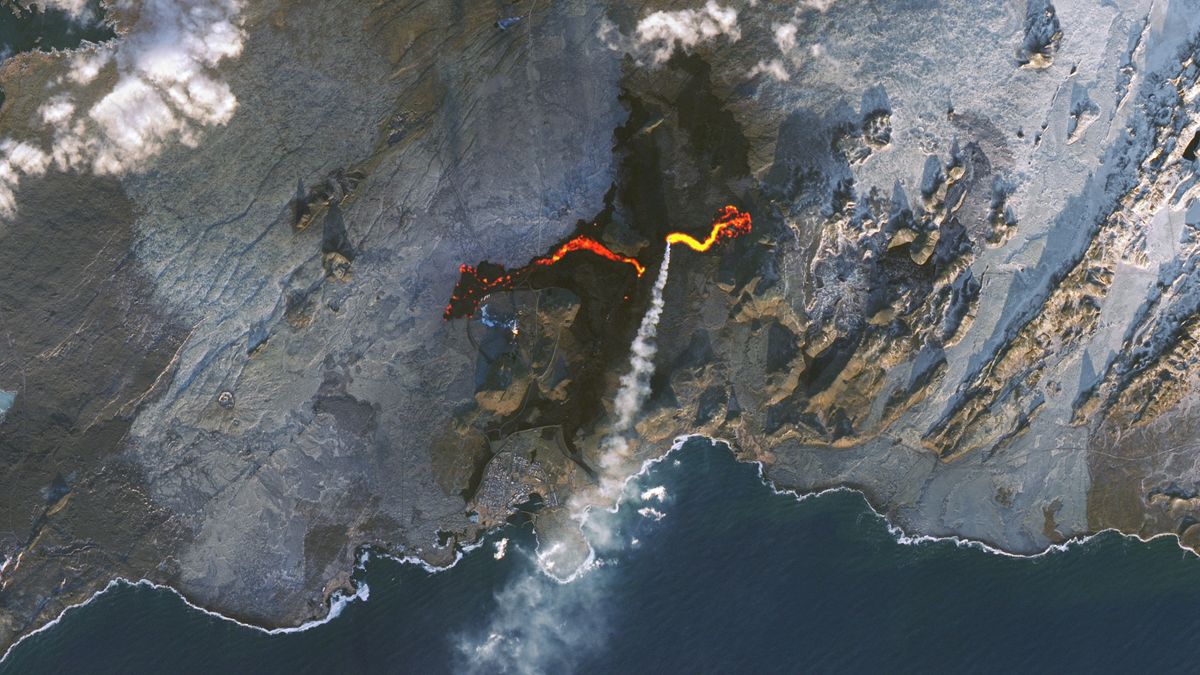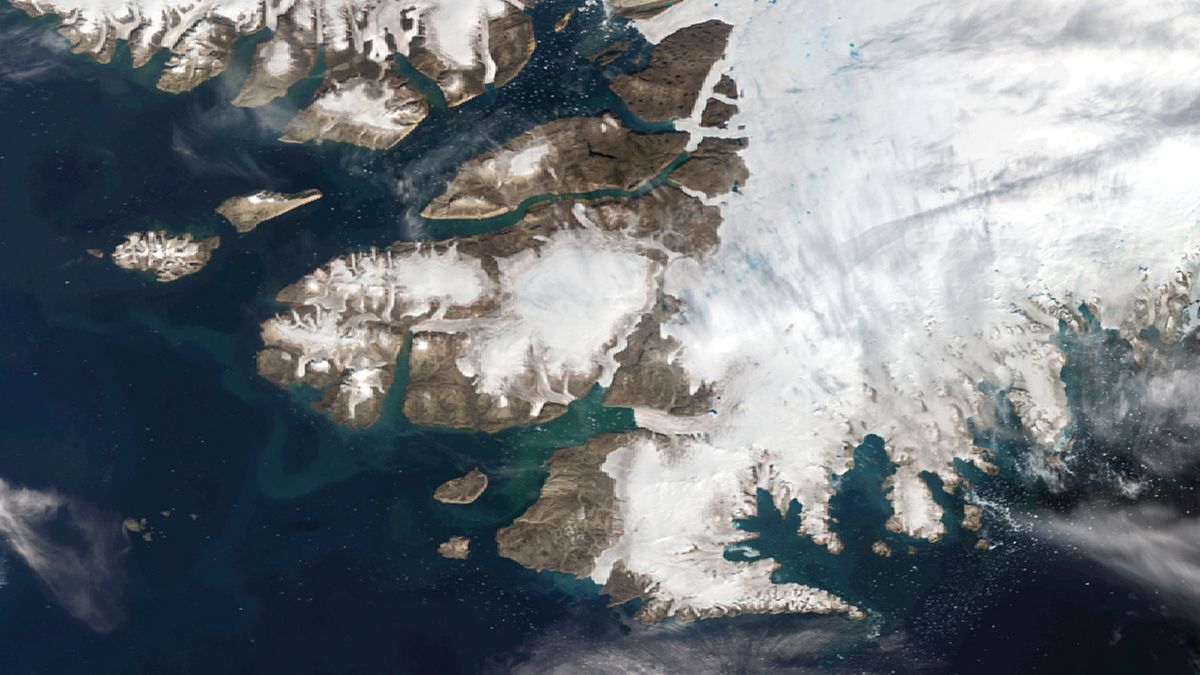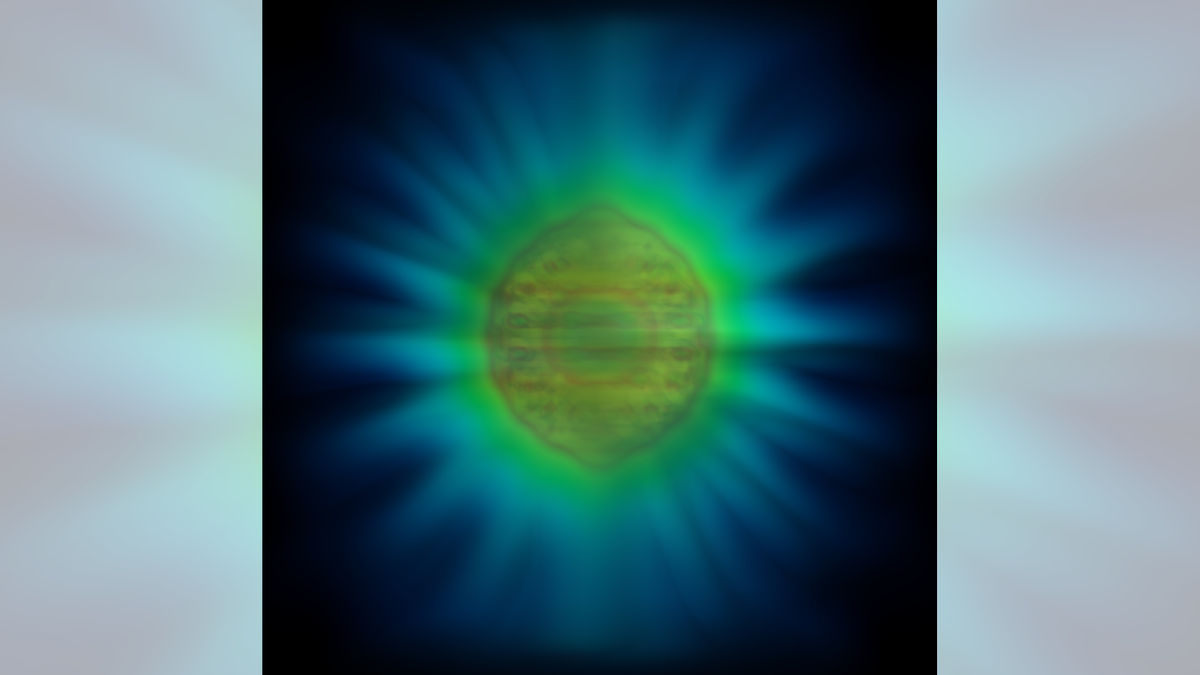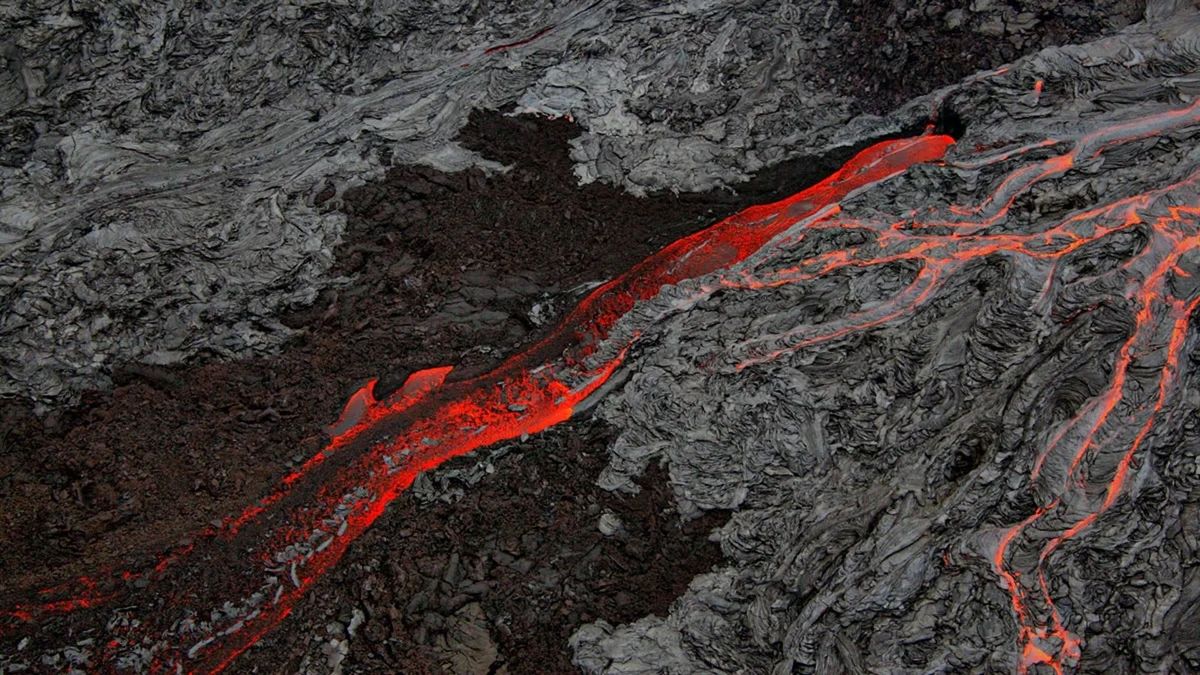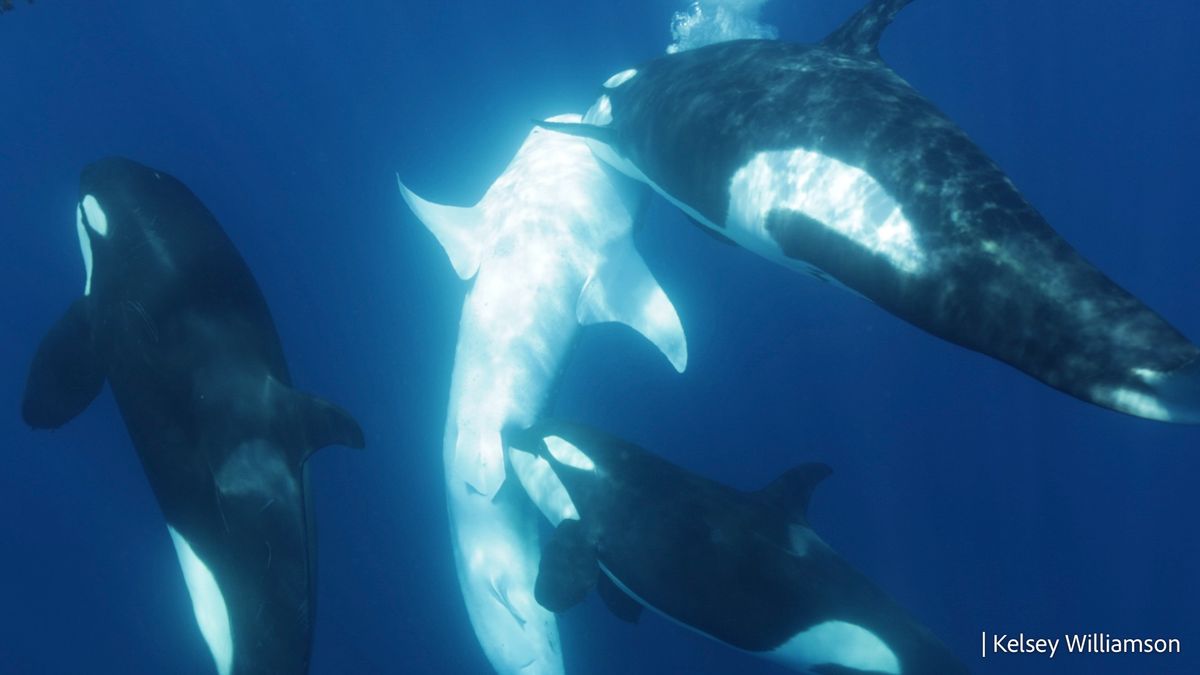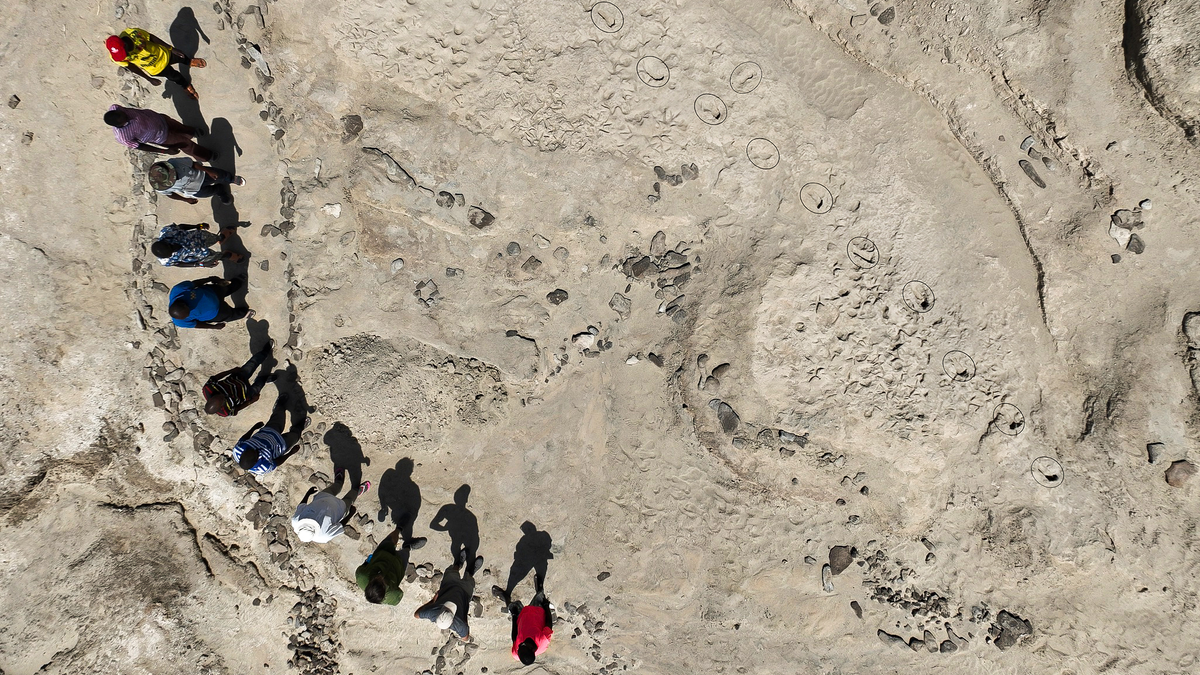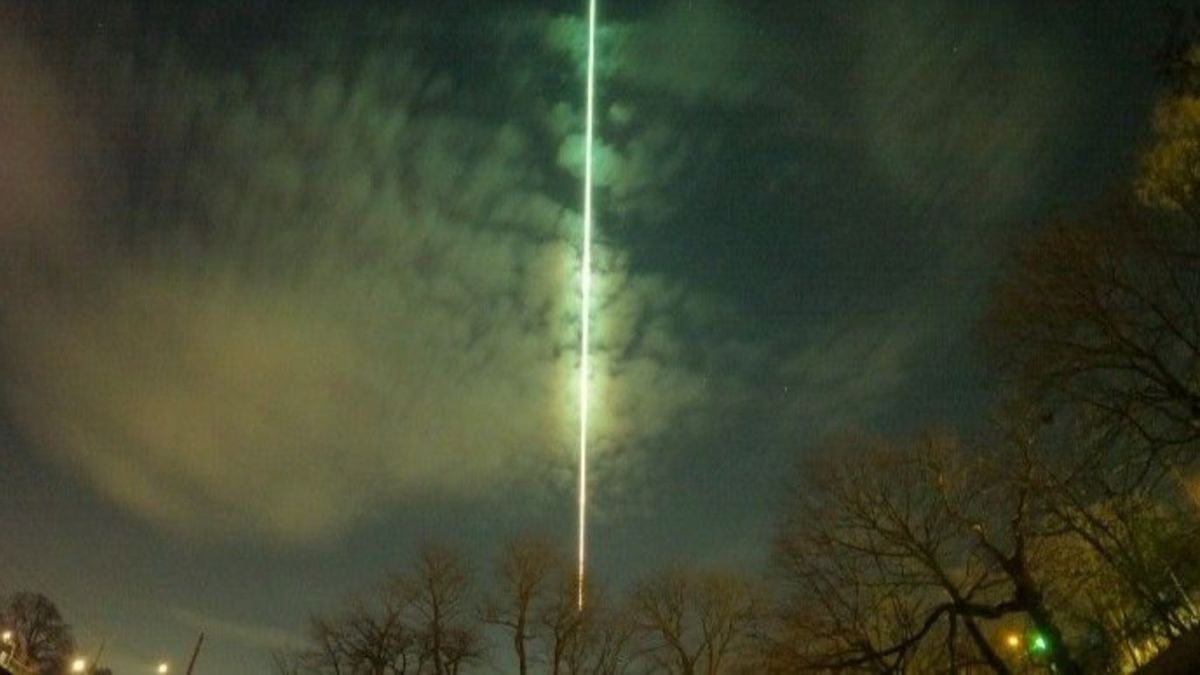A fiery stream of lava coursing near Iceland’s Blue Lagoon has been captured in a stunning new satellite image released by NASA on Wednesday (Nov. 27).
The photos, taken by NASA’s Landsat 9 satellite, show lava flowing from a fissure in the Sundhnúkur crater row on Iceland’s Reykjanes Peninsula. Infrared light from the eruption, captured by the Suomi NPP satellite, appears brighter than the light from Iceland’s nearby capital, Reykjavík.
The eruption that created the fissure began on November 20, and was heralded by a swarm of earthquakes. This is the seventh eruption to occur in the geologically active region in less than a year, according to NASA.
“The lava flowed east and west from the fissure, rather than toward the town of Grindavík,” NASA’s Earth Observatory, which published the image, said in a statement. “The Icelandic National Broadcasting Service reported that the latest event forced the evacuation of some of the town’s residents and the Blue Lagoon resort, a geothermal spa. A tongue of lava flowed over the car park of the spa, enveloping a small service building located there.”
Related: The sea ‘began to boil’: Freak volcanic eruption of Santorini 1,300 years ago indicates huge blasts can occur during time of quiet
The eruption, which came from a 1.8 mile-long (2.9 kilometer) fissure in the ground near Stóra Skógfell peak, led to the evacuation of the famous Blue Lagoon resort and Grindavík’s 3,800 residents.
Though Iceland is known for its dramatic lava flows, the majority of its volcanic activity over the past 800 years has occurred in the island’s sparsely-populated north and east regions. But this eruption emerged in western Iceland, which includes Reykjavik, and is much more densely populated.
Although this is cause for some concern, West Iceland’s volcano is very unlikely to erupt violently as the volcano is formed by rift activity — a process where the earth is tugged apart by the diverging plates of the Mid-Atlantic Ridge.
This process causes lava to seep out slowly from the Earth’s mantle, instead of erupting violently from a central vent.
“As of November 26, 2024, the Blue Lagoon was closed to the public, but lava movement toward the spa had slowed,” NASA wrote. The eruption is still ongoing, but has slowed since first appearing, according to the Icelandic Meteorological Office.





